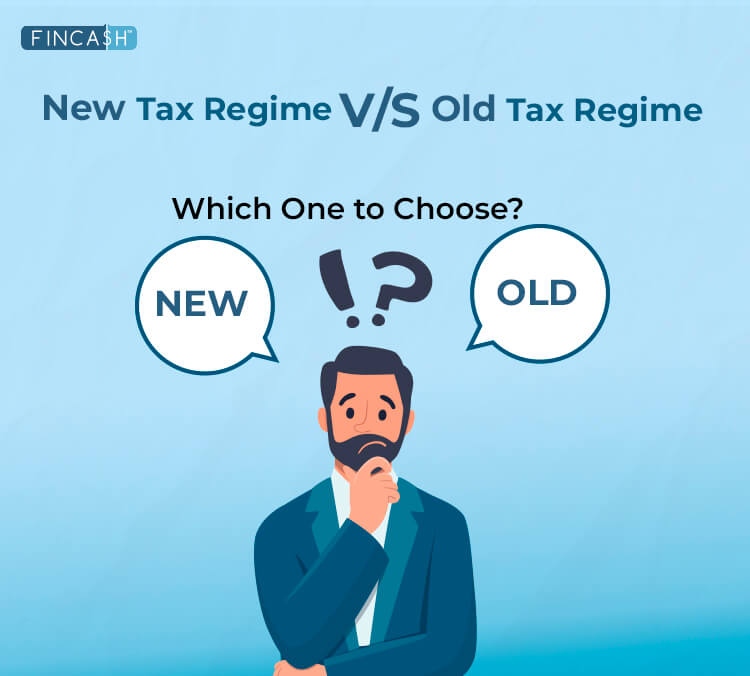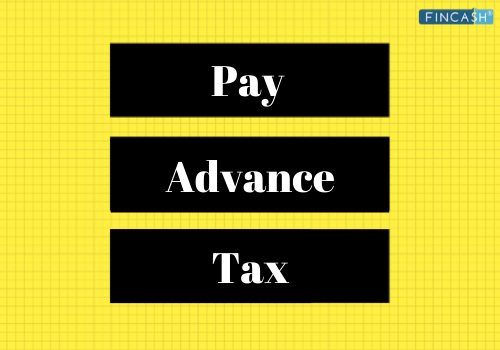
Table of Contents
Tax Expense
As per the tax expense meaning, it is referred to as the liability that is owed to the state, provincial, municipal, and/or federal governments within the specific period –usually over the course of an entire year.

Tax expenses tend to be calculated through the multiplication of the right Tax Rate of some business or individual with the Income that is generated or received before Taxes. Upon the calculation of the same, important factors like tax assets, non-Deductible items, tax liabilities, and others are also considered.
Tax Expense Formula
Tax Expense = Taxable Income X Effective Tax Rate
Getting an Understanding of Tax Expenses
Tax expense calculation could be complicated due to the fact that different types of incomes might be subject to specific levels of taxes. For example, a business is expected to pay payroll taxes on the respective wages that are paid to the employees, excise tax for specific goods, and Sales Tax on the respective purchase of assets.
Along with the Range of tax rate that remains applicable to different income levels, the varying tax rates in varying jurisdictions along with the multiple tax layers on income can also add to the overall complexity of analyzing the tax expense of some entity. The determination of the right tax rate along with the identification of the right Accounting methods for commodities that tend to affect the tax expense of an individual are specifically described by relevant tax authorities.
GAAP or Generally Accepted accounting principles and the IFRS or International Financial Reporting Standards are known to help in providing for a specific treatment of commodities related to expenses and income. These factors might differ from the allowed provision under the respective tax code of the government.
Talk to our investment specialist
This implies that the tax expense amount that is recognized could be unlikely to match exactly with the standard percentage of income tax being applied to the respective business income. In simpler terms, it can be said that the differences existing in tax code and financial accounting could result in the tax expense that might differ from the real tax bill.
For instance, there are several organizations out there that tend to make use of the method of straight-line depreciation for calculating the overall depreciation reported in the respective financial statements. However, these companies are given allowance to make use of some accelerated type of depreciation for deriving the respective taxable profit. As a result, a figure indicating the taxable income is obtained that tends to be lower in comparison to the figure that is reported income.
Tax expense is known to affect the net Earnings of the company on grounds that it serves to be a liability that is expected to be paid to the state or federal government. The given expense goes ahead with reducing the profit amounts that is required to be distributed to the respective shareholders ad dividends.
All efforts have been made to ensure the information provided here is accurate. However, no guarantees are made regarding correctness of data. Please verify with scheme information document before making any investment.












